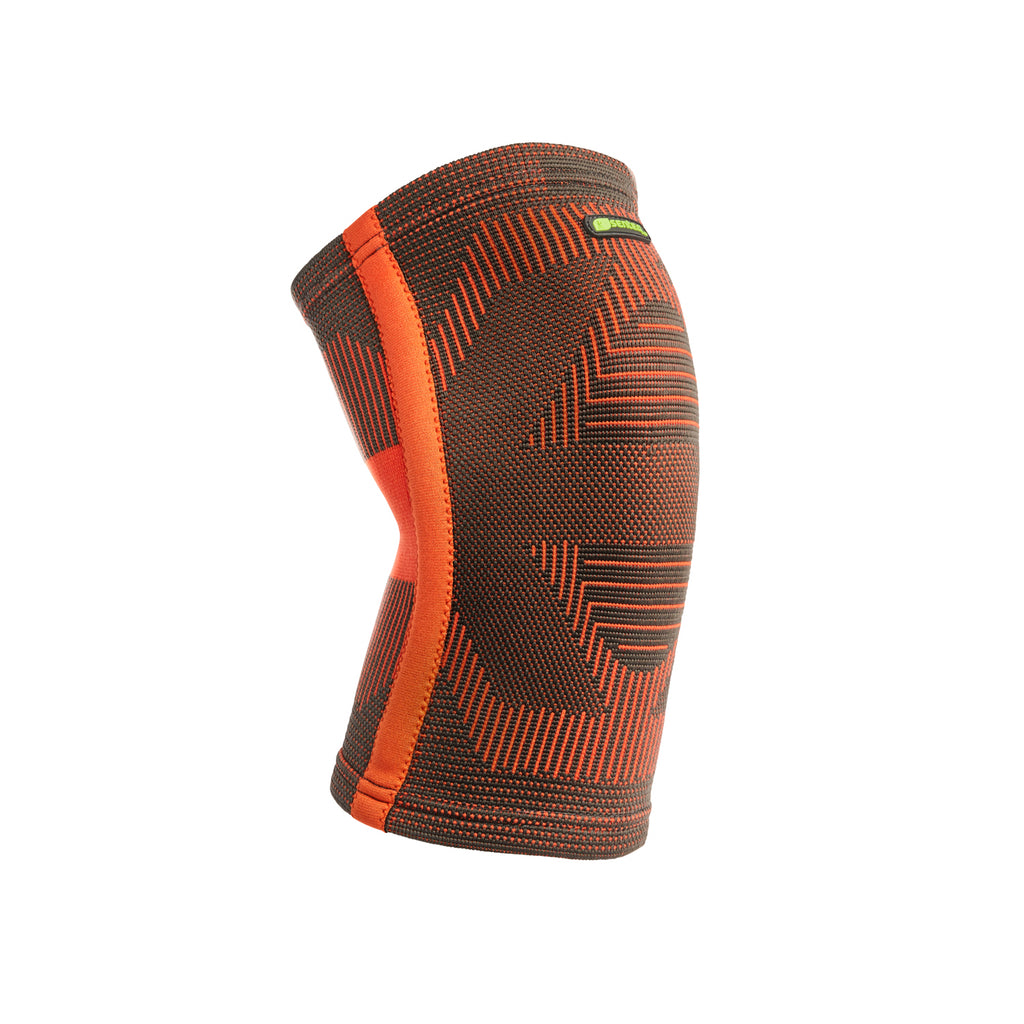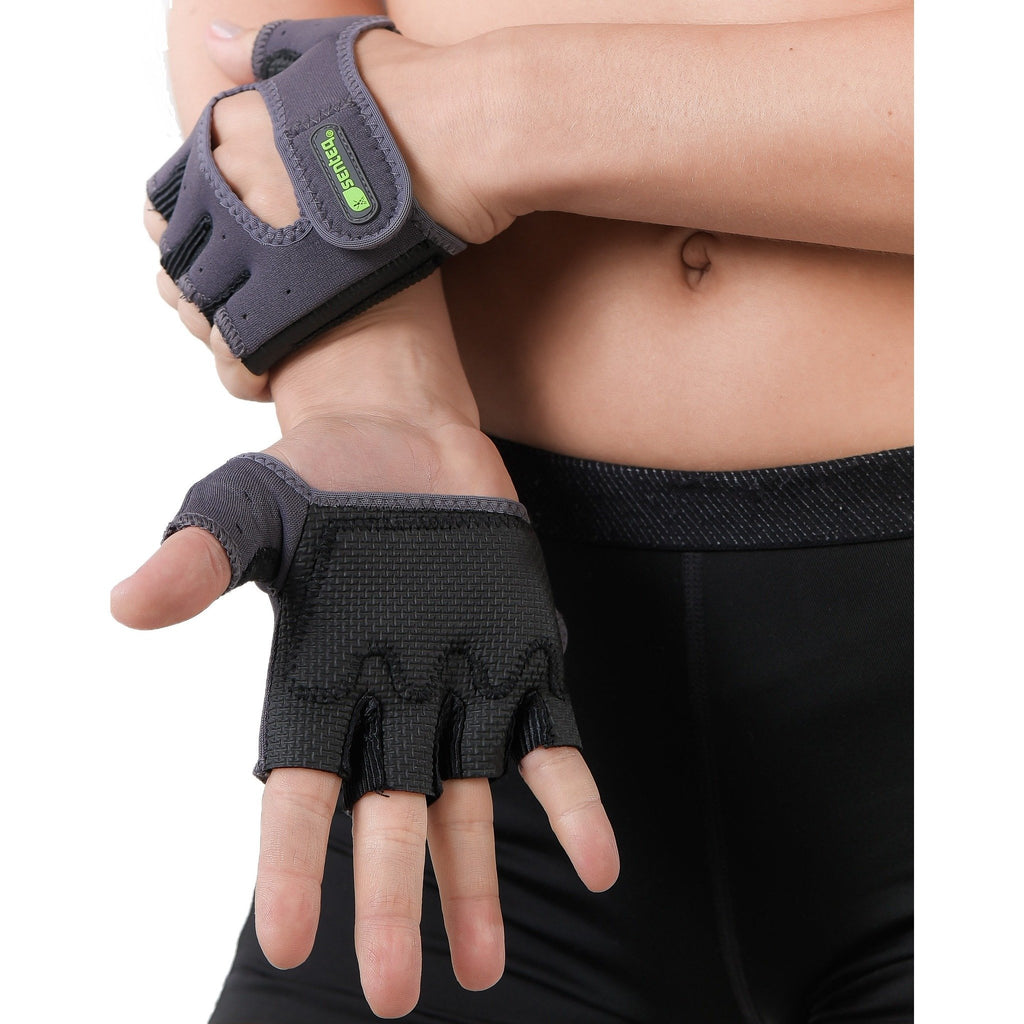Don’t Let Knee Pain Become a Barrier Between You and Your Workout
As the name suggests, runner's knee refers to a wide range of conditions that cause pain around the kneecap or patella, which sits in front of the knee. Patellofemoral syndrome and anterior knee pain syndrome are among the conditions that may cause knee pain.
Any activity that causes repeated stress on the knee joint, such as running, may induce the runner's knee. However, it is more common for those who do it often. Sporting activities such as walking, cycling, and playing soccer come under this group.
Knee pain may be debilitating if it persists for an extended period. Knee pain, on the other hand, is often treatable and reversible.
Injuries to the knee may be caused by a wide range of reasons. It may be caused by various factors, including genetic medical conditions, unforeseen trauma, and overstressing the joint.
Identifying the root cause of knee pain is essential to resolving it. Then, your doctor will devise the best treatment strategy for you. What causes knee discomfort and how it's diagnosed is covered in this article, as well as treatment alternatives.
Knee issues are the most frequent among runners. The kneecap may become dislocated. An injury to your kneecap may cause it to be subluxated or dislocated from the groove it glides along in your knee joint, depending on how severe it is.
As a result, the supporting tissues might be damaged or torn. Putting your foot down might also be caused by a blow or a sudden change in direction, resulting in your foot slipping. You may experience knee pain, swelling, and a popping sensation due to an out-of-place kneecap.
Common knee injuries
Medial Meniscus Tear
A tear in the cartilage of your knee joint known as a meniscus tear may be quite painful. Both knees may be affected. When you twist your knee while standing on one foot, you are more likely to injure your meniscus.
Plica Syndrome
Some people may detect the knee joint's delicate inner lining, a plica, unfolding more than others. When the knee joint lining becomes inflamed and irritated, a condition known as plica syndrome occurs.
Exercising your knee in a bent-and-straight position, such as running, may irritate the plica, causing inflammation and swelling.
Knee Stress Fracture
A stress fracture in the knee may occur if the intensity of an activity is increased too quickly. Many things may lead to a stress fracture in the knee, including an unfamiliar surface, faulty gear, and the amount of stress on the knee joint itself.
Reasons why your knee hurts
Gaining control of your balance
There's no doubt in your mind that you'd instead be running than doing anything else. On the other hand, stretching and muscle development are equally important in sports performance.
Despite their apparent time commitment, both should be part of your everyday routine. Stretching is essential for injury prevention because tight lower-body muscles pressure the knees, resulting in pain by strengthening the muscles in the front and back of the thighs.
You may be able to improve your general resistance to injury. Incorporate rest days into your training plan so that you may keep your body in a healthy state.
Shoes for your workouts
One of the best examples of this is the style of your shoes. The importance of having suitable running shoes can't be overstated. If your shoes don't fit properly or give enough support to your anatomy, you're virtually sure to have knee pain.
To ensure that your running shoes are appropriately fitted, get a gait analysis performed at your local running store, and replace your shoes every 1000 kilometers.
In contrast, extreme care should be used while applying these norms. Wear and tear on your shoes may be influenced by your running style, shoe type, and the terrain you run on. Make sure your shoes are still doing their job by inspecting them regularly.
Variables that influence the onset of a runner's knee
According to the Orthopedic Surgeons, preventing a runner's knee entails the following steps:
• Maintain your level of fitness. Make sure your overall health and fitness are in great form. If you are overweight, you should talk to your doctor about building a weight-loss plan.
• Stretch. A five-minute warmup, followed by a few stretching exercises, should precede any activity that puts stress on the knee. Then, your doctor can show you exercises that will improve your knee's flexibility while reducing pain.
• Increase the amount of training you undertake gradually. Never increase your workout intensity in a quick burst. Instead, make minor, steady changes.
Knee pain is an inevitable problem when running - however, there are some ways to try and avoid it. Knowing about these methods could make all the difference in your running experience!
Take care of your knees. Remember, you only get one pair!
Disclaimer: Although the information is gathered with great care, please note that the tips given on this website by no means substitute medical advice. If you're experiencing pain, consult your healthcare professional immediately and follow his advice regardless of what you've learned on this website.










